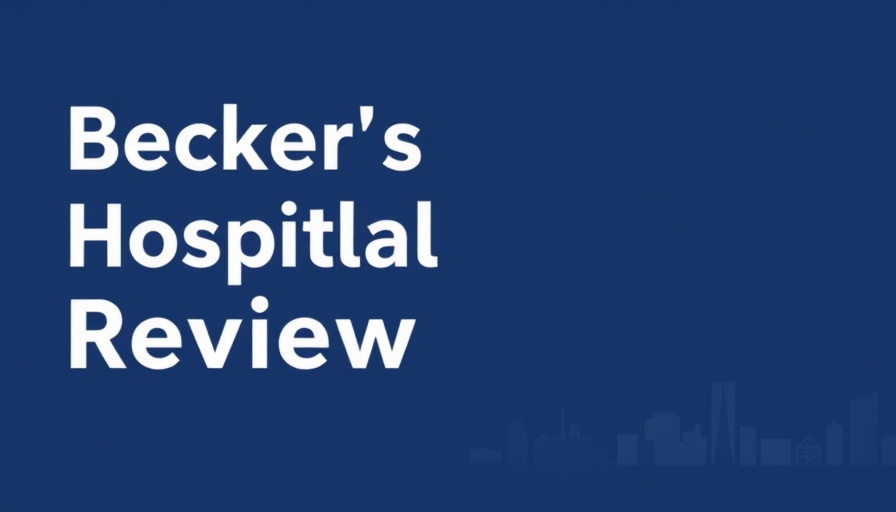
How Evolving Medical Standards Shape Research Perspectives
Amidst growing discussions on the integrity of research in healthcare, Dr. Vesta Silva’s remark highlights a significant battle over what constitutes "gold standard science.” As the Trump administration aimed for clear metrics in evaluating medical studies, the academic community pushed back, advocating for nuanced understandings of research methodologies. This tension reveals a deeper issue: the need for transparency while also recognizing the complexity inherent in healthcare research.
Unpacking Complexities in Treatment Approaches
Dr. Peter P. Lee’s insights on the use of ivermectin to treat cancer underscore the ongoing dilemma in healthcare—balancing clinical innovation with scientific rigor. While therapies must be carefully validated through clinical trials, the allure of rapid solutions in oncology creates pressure to adopt treatments before consensus is achieved. This scenario is not just about drug efficacy, but reflects broader healthcare trends where desperation can cloud judgment.
The Importance of Public Understanding in Epidemiology
Dr. James Lawler's comments on the public engagement with the CDC remind us that effective communication in health is paramount. As healthcare professionals, there's a need to distill complex principles into accessible information for the general public. This concern is especially critical today as trust in institutions experiments fluctuations brought on by events like the COVID-19 pandemic. Bridging this gap is essential for fostering an informed populace better equipped to understand health advisories.
A Tribute to Groundbreaking Voices in Healthcare
The recent passing of Dr. Lucian Leape, celebrated as the father of the patient safety movement, highlights the legacy of thoughtful leadership in the medical field. Advocating for safety, Dr. Leape's principles prompted changes that resonate through today’s healthcare systems, reminding us of the value of minimizing error and enhancing patient care. Leaders like him inspire current and future healthcare professionals to prioritize patient safety as a core value in all practices.
Centenarians: Insights from Aging Research
Stacy Andersen’s research on centenarians reveals groundbreaking insights into cognitive health in aging populations. Notably, lower levels of amyloid and tau proteins could mean that the aging process does not always equate to loss of function. Such findings are pivotal as they provide new pathways for understanding the aging brain and offer hope for future interventions that may support long and healthy lives.
Connecting to Current Events In Healthcare
The challenges faced in healthcare today are multifaceted. From the debates surrounding treatment methodologies to the importance of rigorous public health communication, every discussion reflects larger societal issues. These conversations are not just academic; they affect procedural changes that ripple through the healthcare system and impact daily practices across hospitals and clinics.
Takeaway: The Critical Role of Improvement in Clinical Practice
As healthcare continuously evolves, it is vital to stay current with the latest medical news and clinical research updates. Professionals in the field are encouraged to actively engage with findings and discussions that reflect the shifting paradigms of medical practice. This commitment not only enhances individual learning but also fosters a culture of ongoing improvement important for delivering high-quality care.
 Add Row
Add Row  Add
Add 




 Add Row
Add Row  Add
Add 

Write A Comment